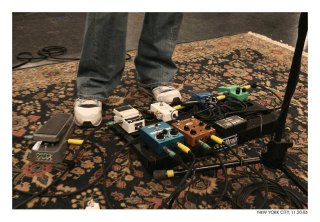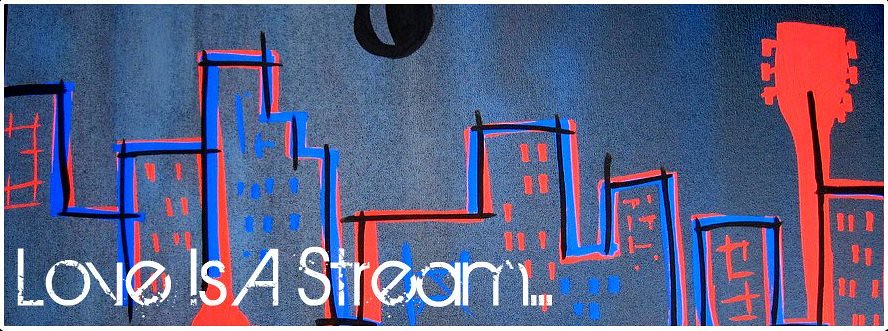First, John Mayer, because he was the topic of the last post and on my mind. Here are a few shots of JM's board:


John uses a very clean and minimalist approach, as he does with just about everything except his solos. He likes clean, organized, and open spaces for working, both in his apartment, websites, and stages. For starters, John has several rugs placing at least one on the front/center of stage and places his board and mic stand towards the front. John uses very few effects as well, but has been expanding just recently (he's picked up a hobby of making/soldering his own effects pedals). He plugs his fender array of guitars in a Teese RMC wah pedal, which goes into his Boss TU-2 Tuner (white), into the another white pedal (homemade, don't know what it is), into the small blue Boss BD-2 Blues Driver (mod), into the green pedal is a Ibanez Vintage Tube Screamer. He ties all these up with heavy-duty guage cables velcro'd down to an expensive prefabricated 3-tiered board. John likes his set-up clean and organized, but spares no expense for quality.

No comments:
Post a Comment